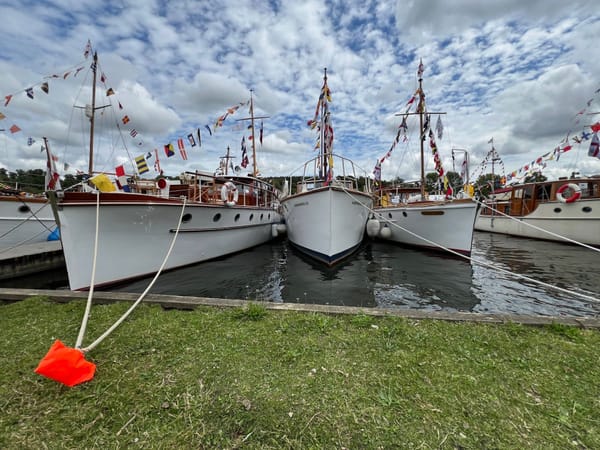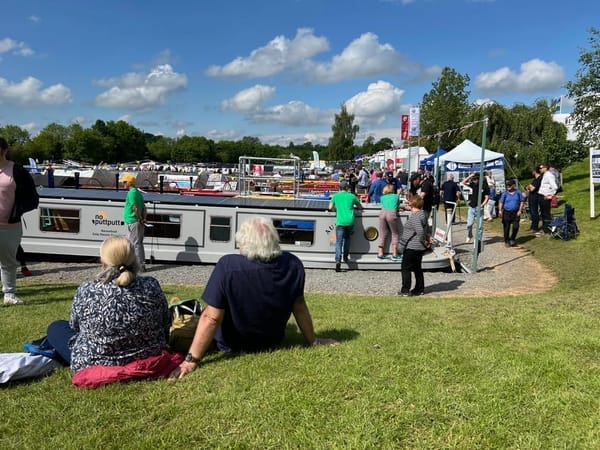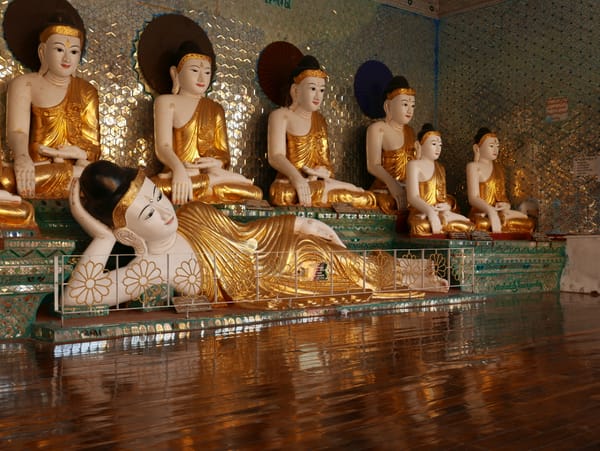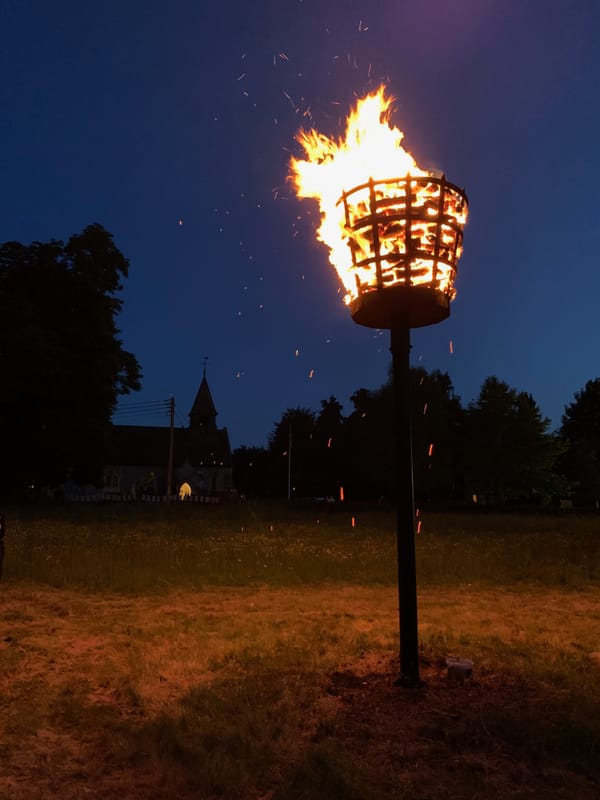Cambodia — Cambodia and Siem Reap — a summary
A land of contrasts
September 2015
Cambodia, and the Siem Reap area, was a land of contrasts.
First, there was the countryside’s beauty and the people’s warmth. There was the genuinely amazing culture of the past, but below the surface were the consequences of recent history resonating through the culture.
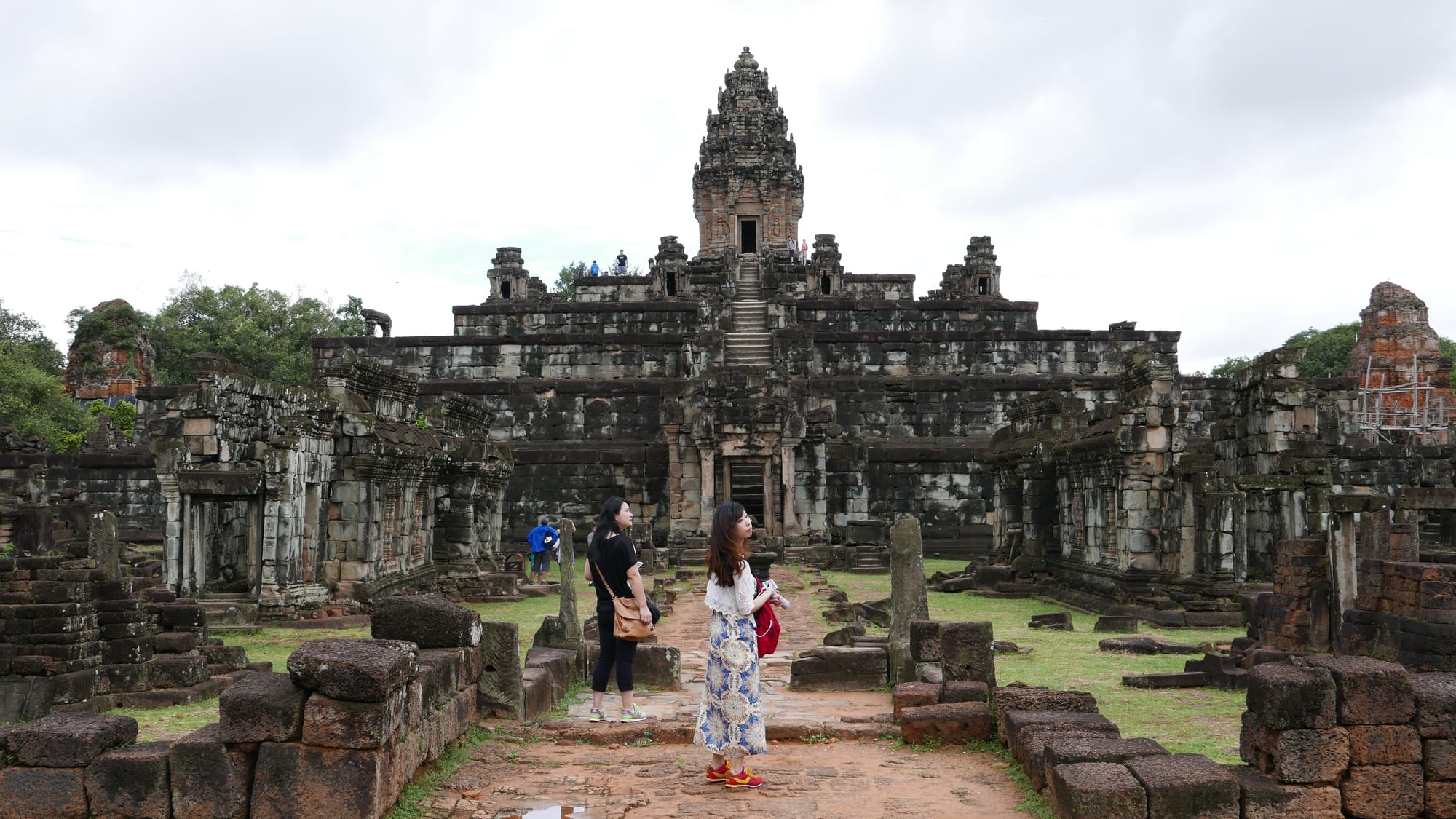
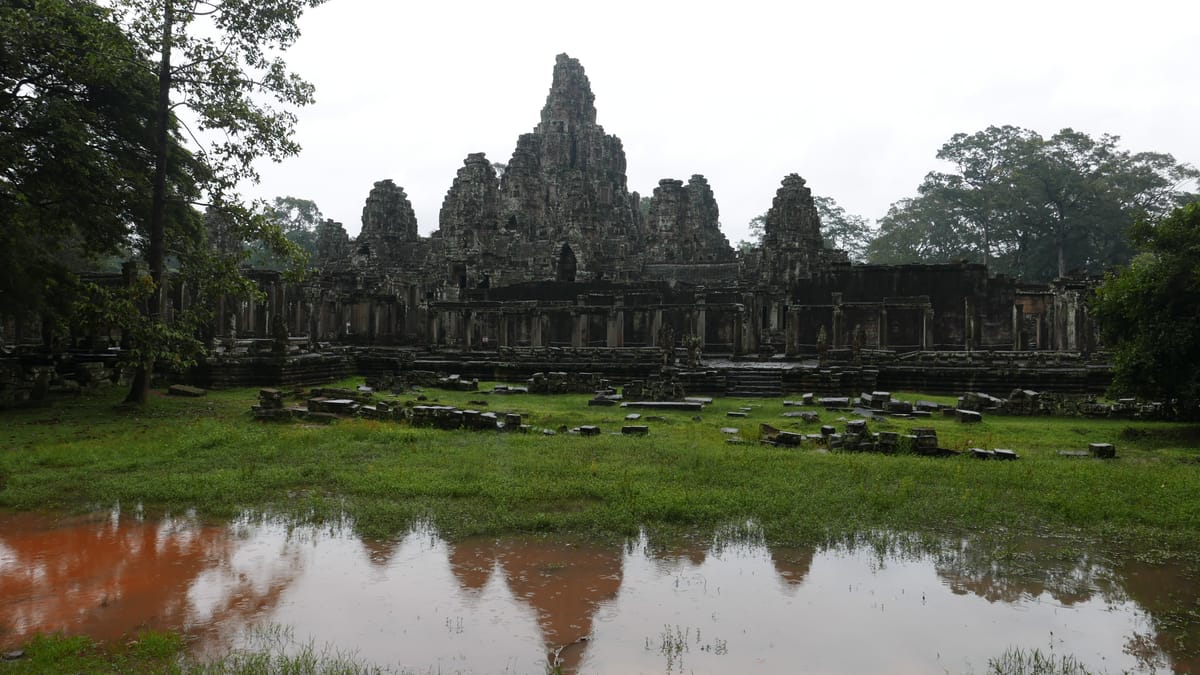
One thing that struck me early on was that Cambodia seemed to be a very young country. I don't mean the culture but the population. I didn’t see many 45-65-year-olds around. It was all 20 and 30-year-olds. Or that was how it seemed to me.
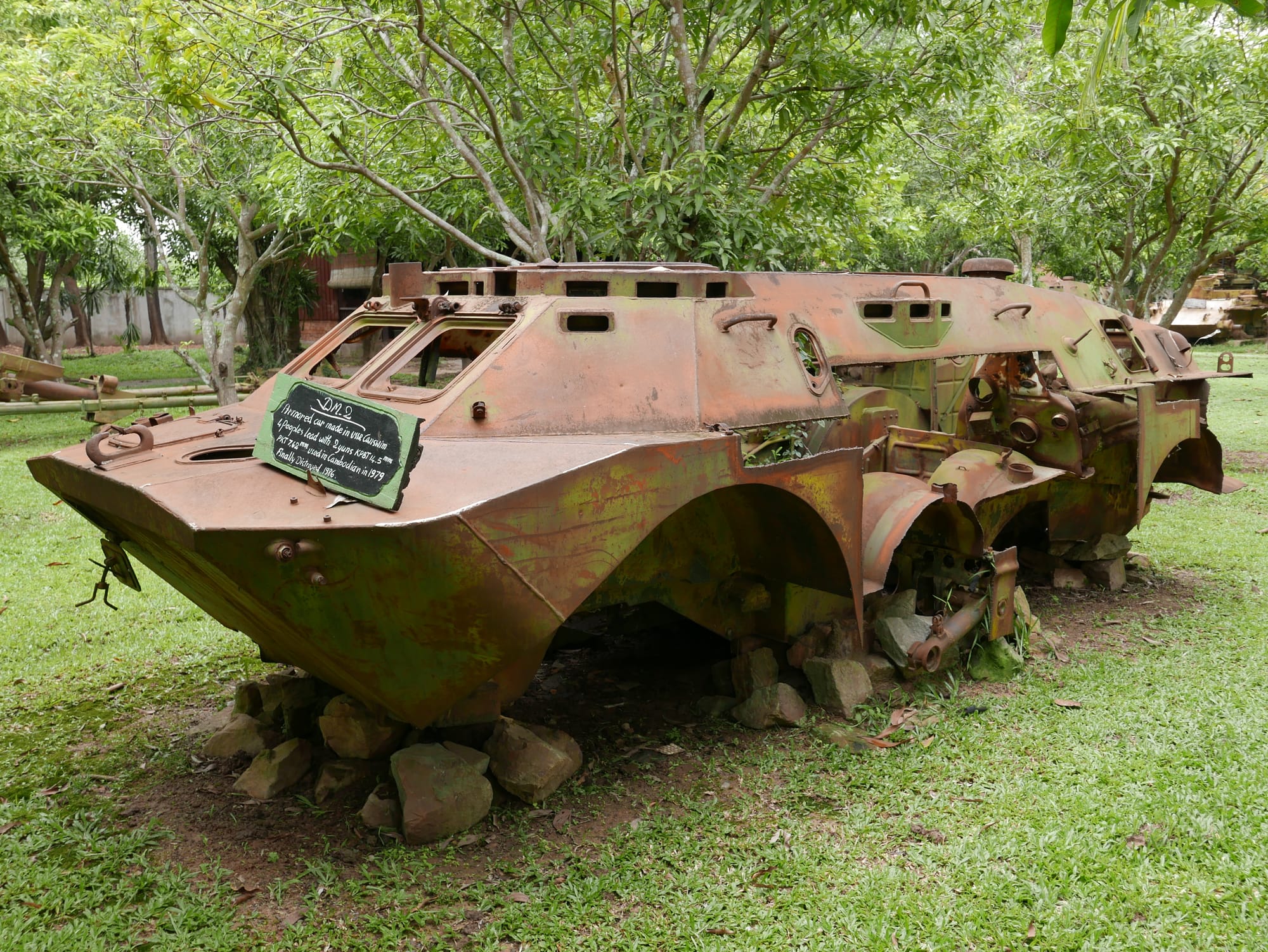
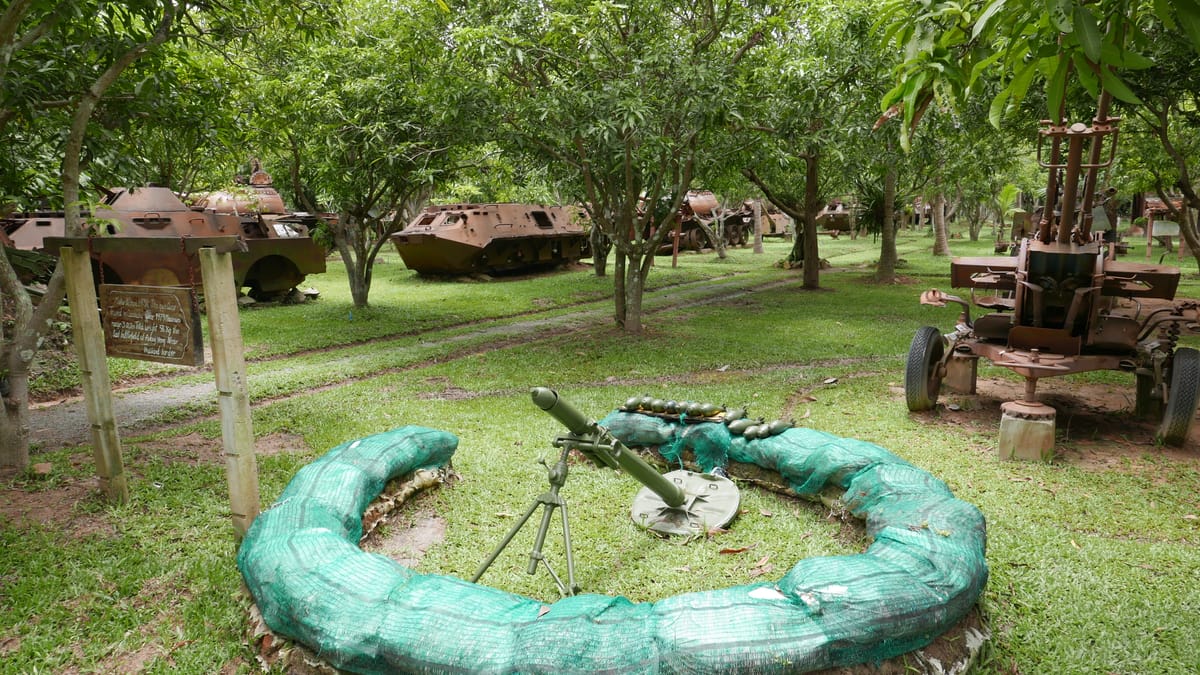
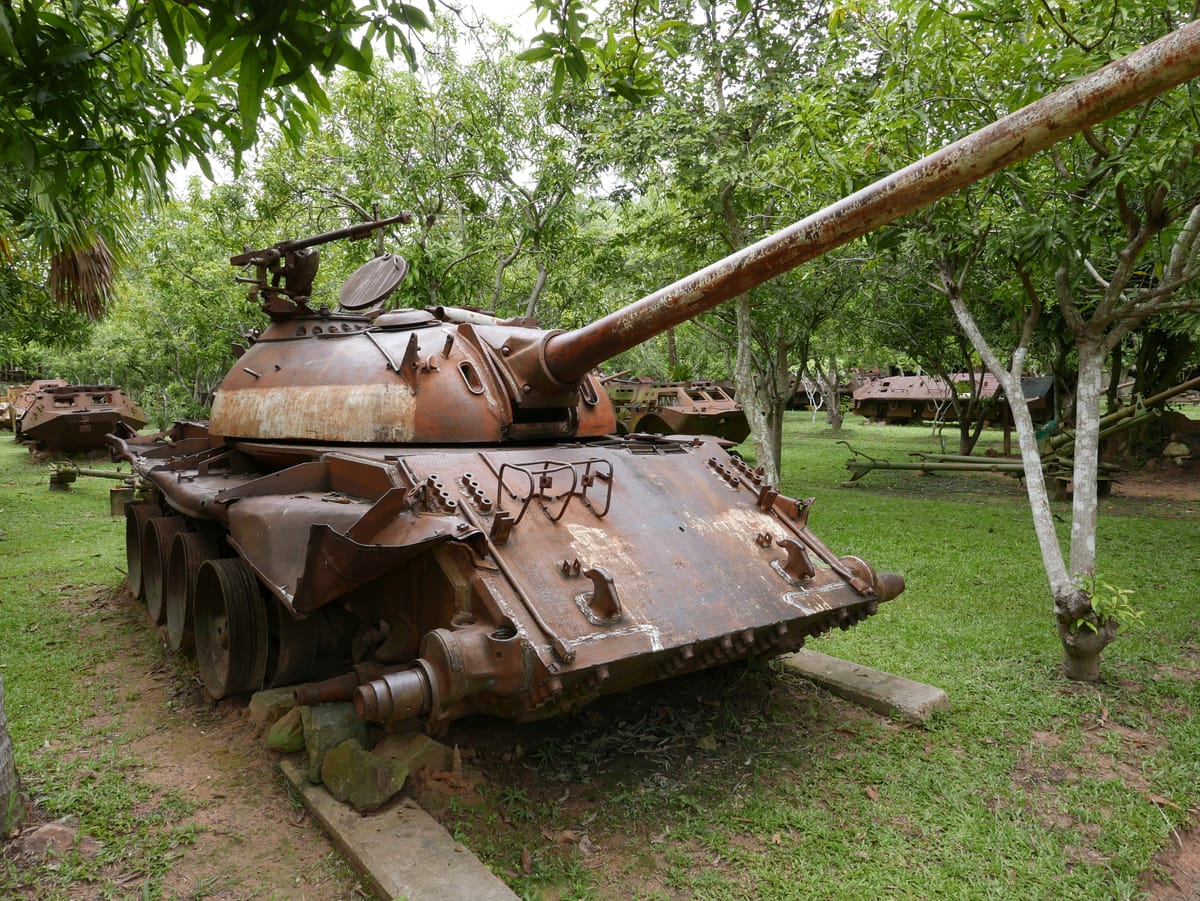
When you look at the country’s recent past and the horrors that befell the people from 1975 to 1979 under the Khmer Rouge, you realise why it is a young population. According to my guide, who took me around the temples, those who survived that dreadful period now tend to be at home or suffer from poor health due to malnutrition.
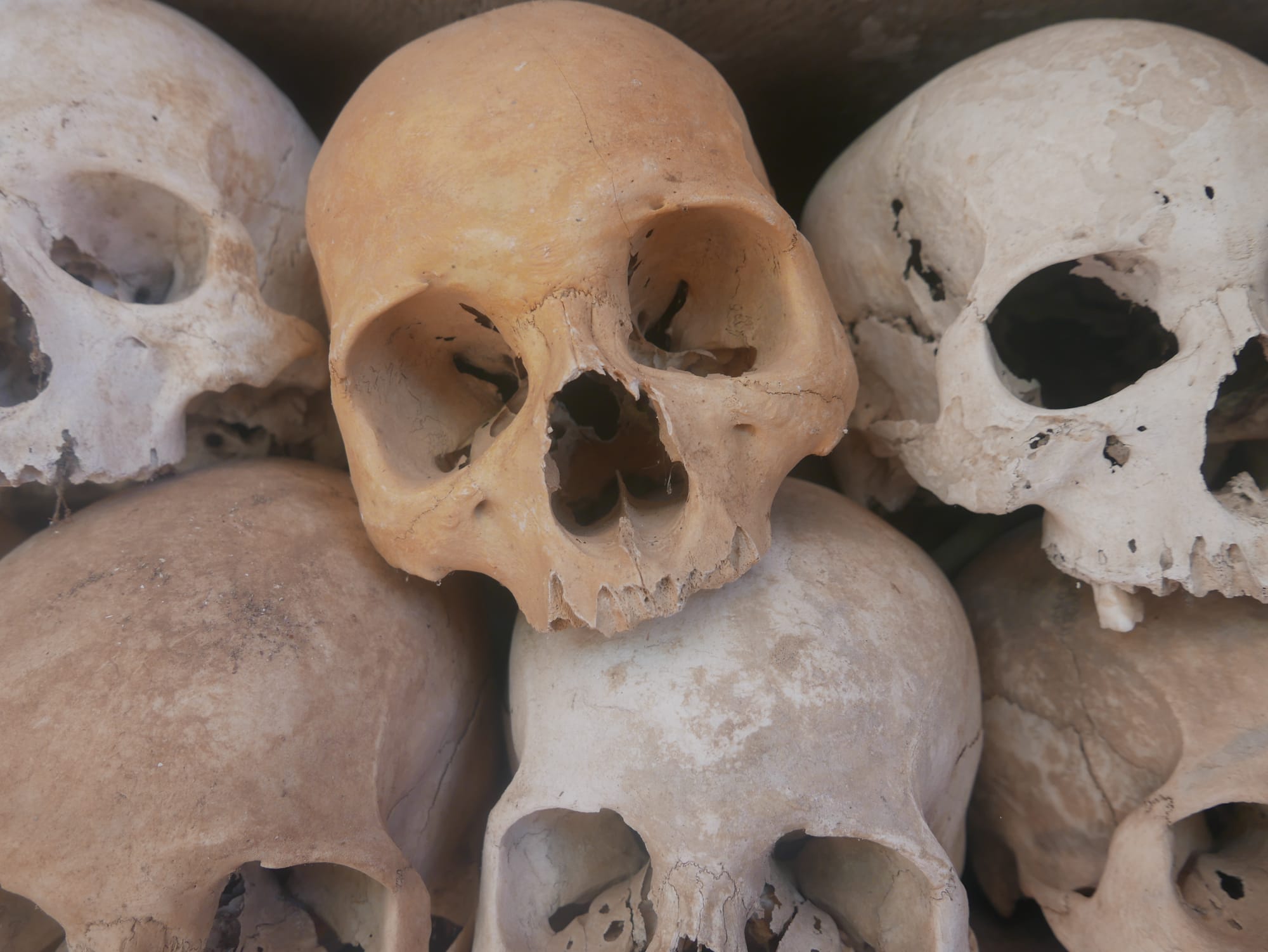
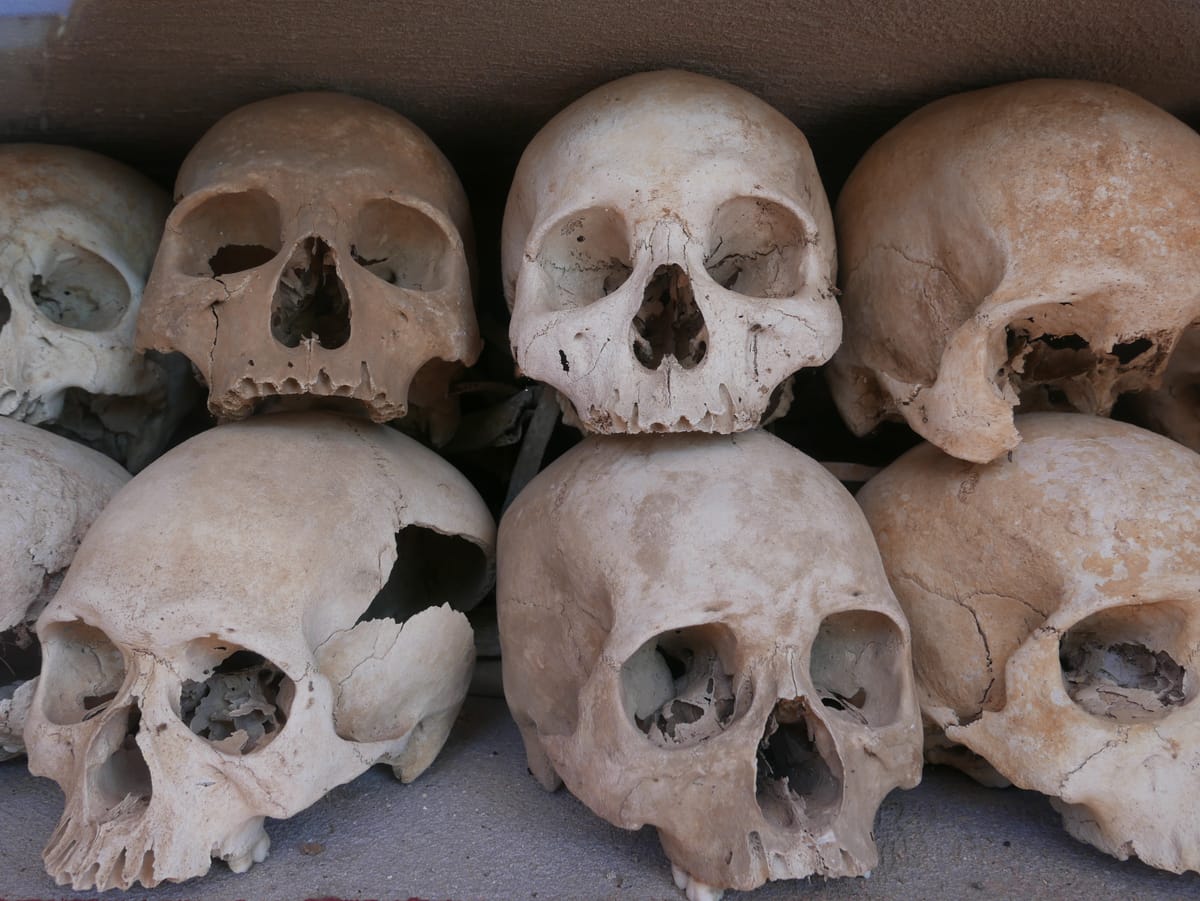
Siem Reap, in my opinion, was a bit of a weird place. It certainly isn't Cambodia. Siem Reap was a cross between SE Asia and some European towns. It was full of European-like bars and coffee shops, and I doubt any of the original town is left.
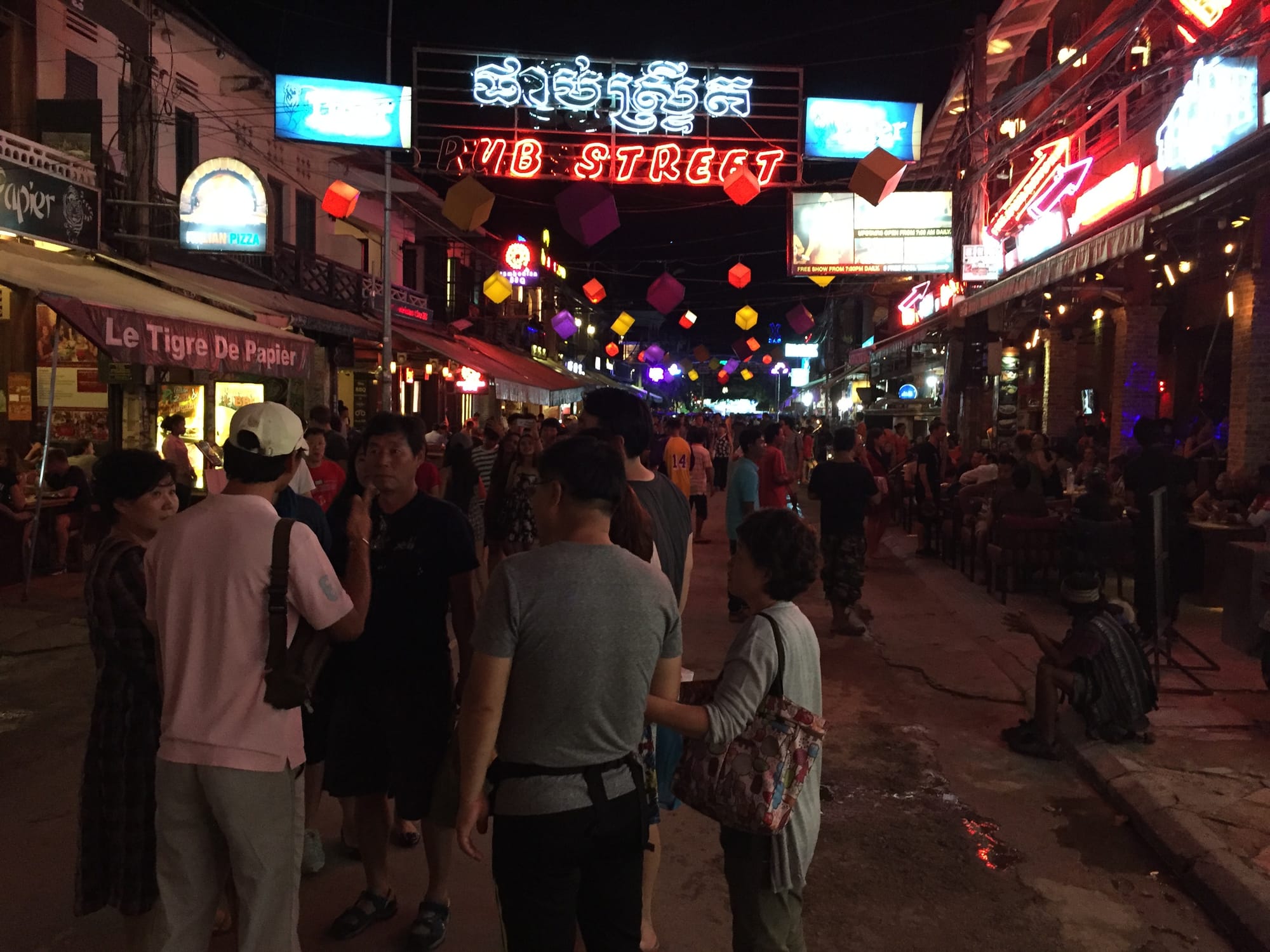
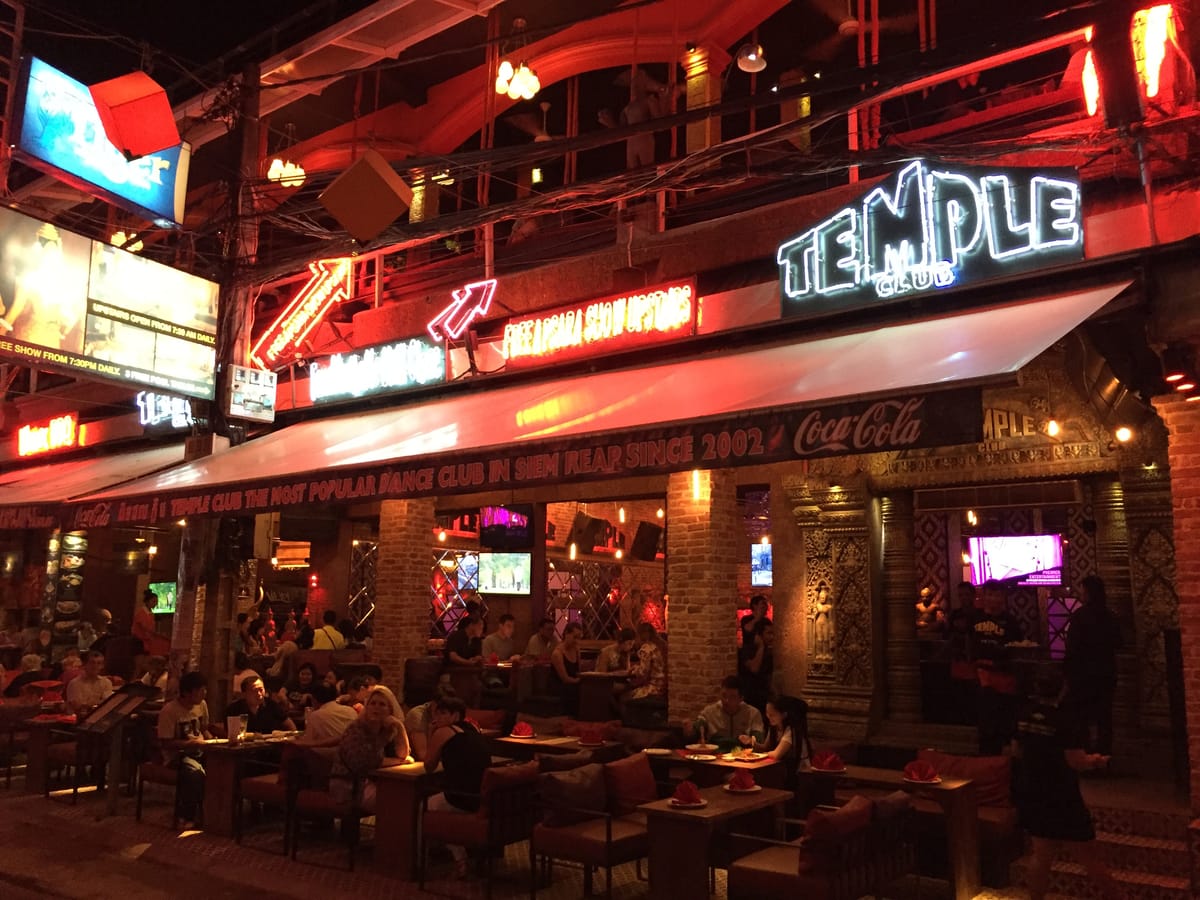
I would argue that the closest you will get to an authentic Asian experience in the town is to be found in the fruit, veg, and meat section of the Old Market, and I would guess that will vanish in a few years.
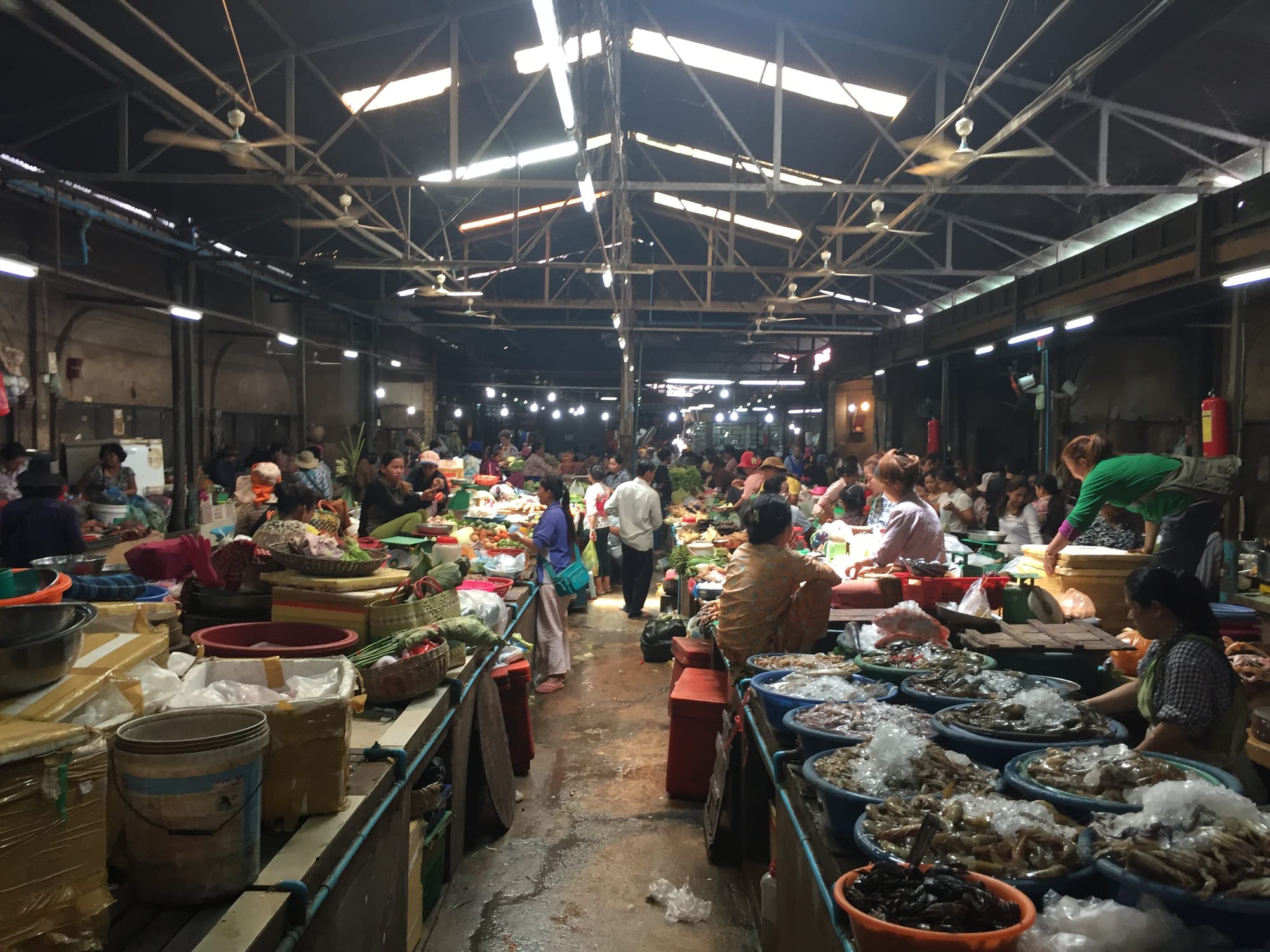
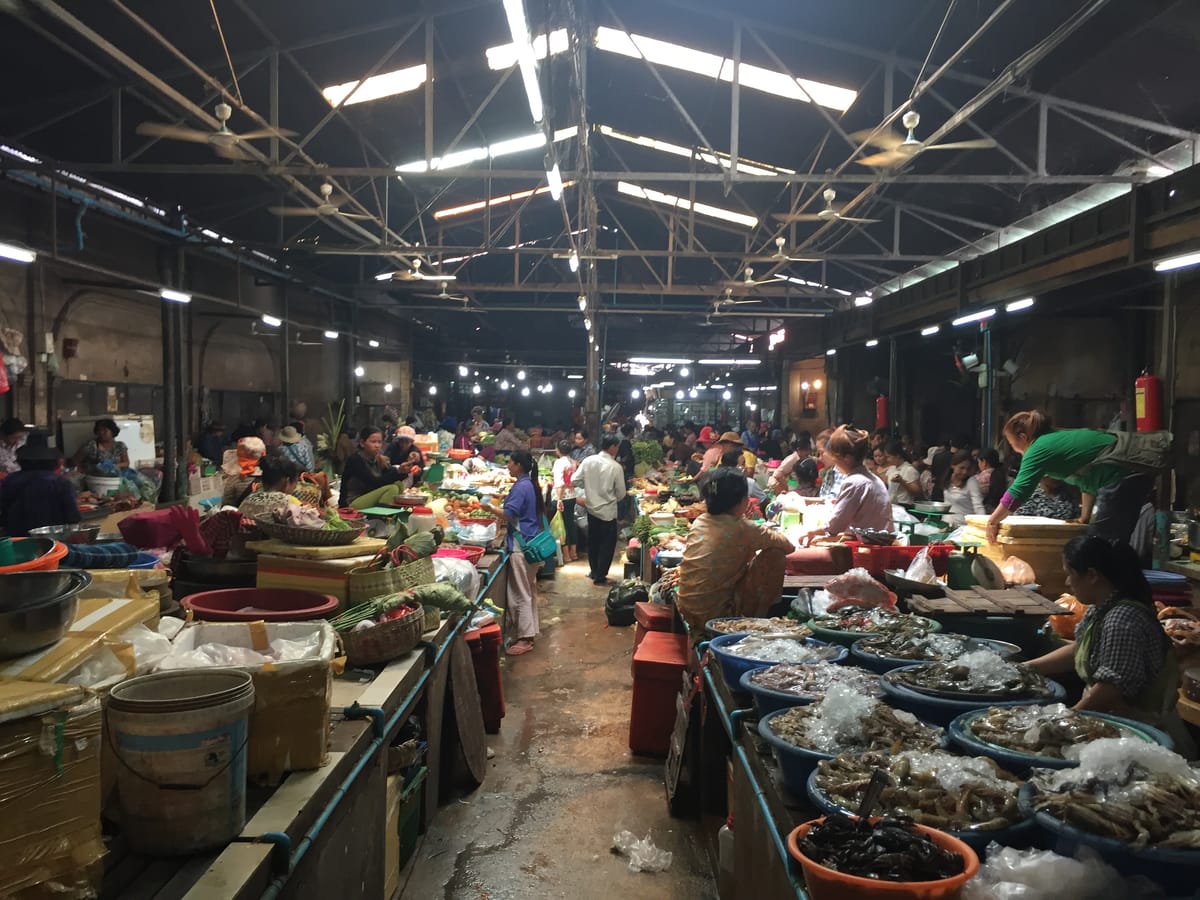
The 'falseness' of Siem Reap was brought home when you get a few kilometres outside the town and encounter the poverty of the people living in the surrounding countryside.
You wouldn't come to Cambodia to visit Siem Reap; the only reason to go to Siem Reap can be found just up the road — Angkor Wat and the associated temples.
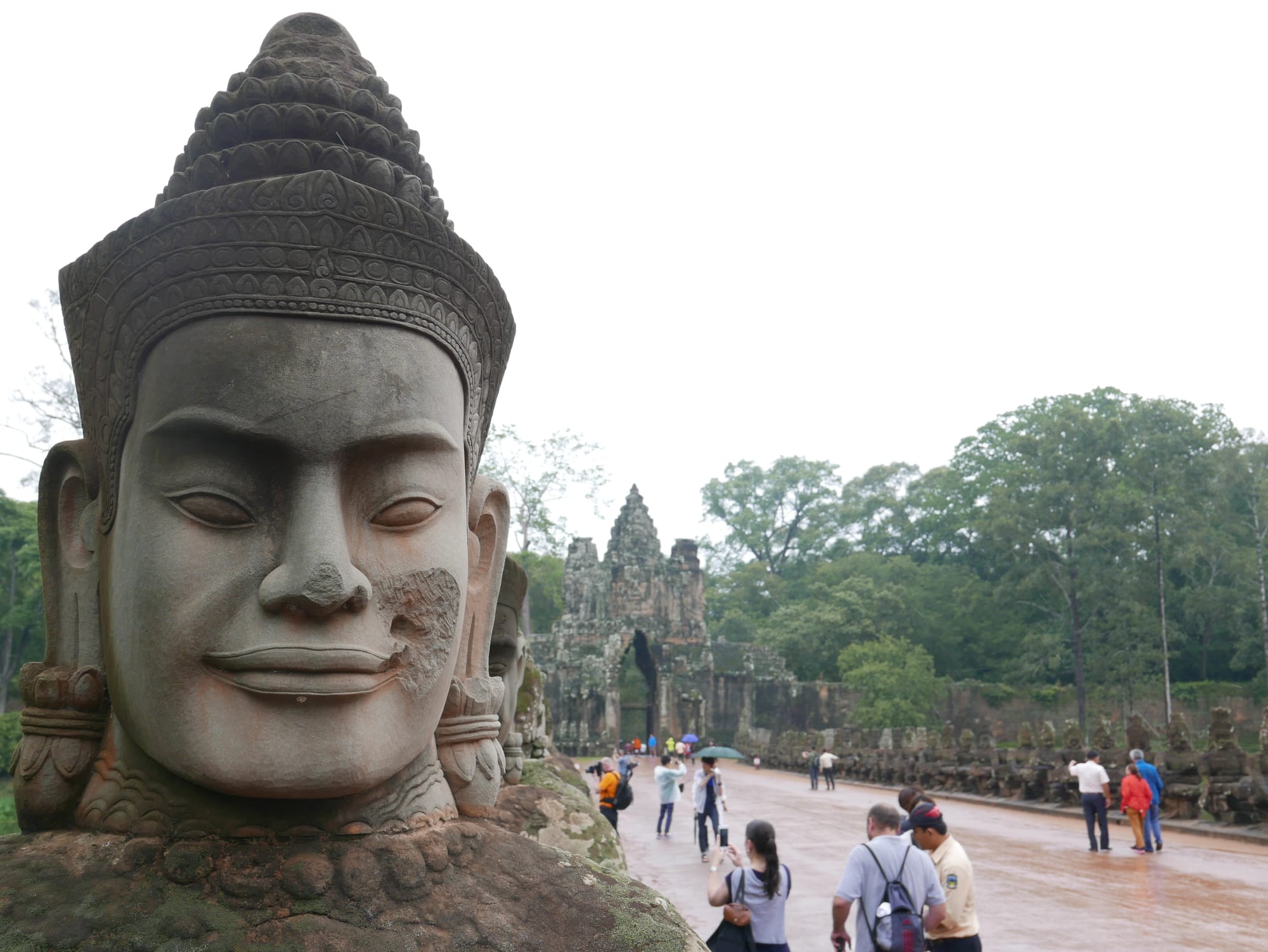
Did I enjoy my visit to Cambodia? Simple answer — yes, I was glad that I had visited the country.
